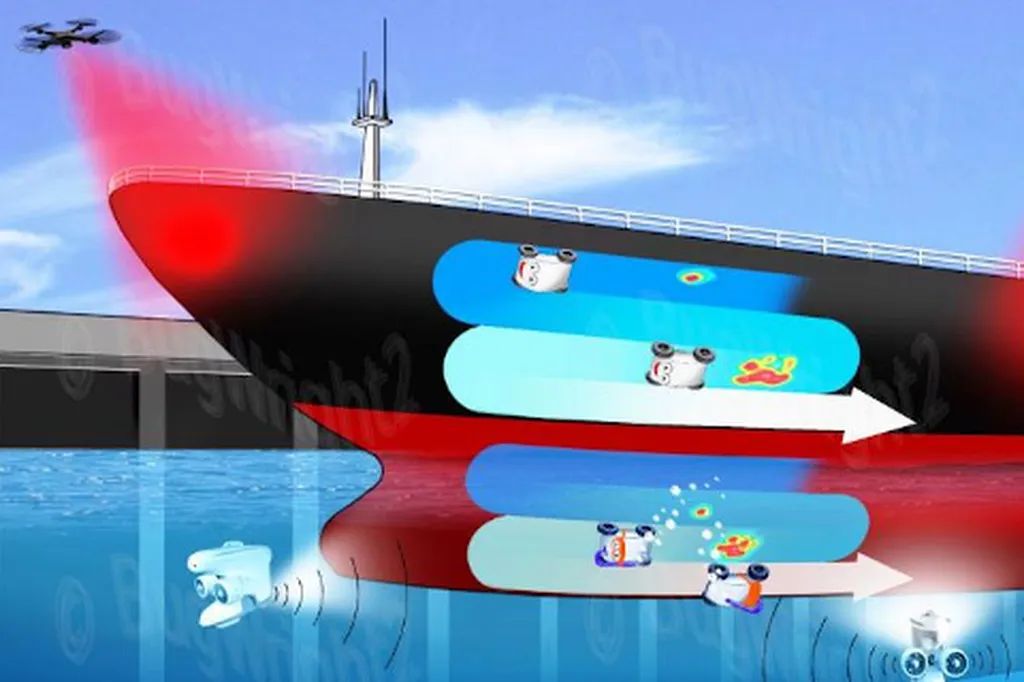Pete Schroepfer, Nathalie Schauffel, Jan Gründling, Thomas Ellwart, Benjamin Weyers, and Cédric Pradalier have published a compelling roadmap for fostering trust and acceptance of multi-robot systems in real-world environments, drawing on insights from the EU-funded BugWright2 project. Their research focuses on autonomous multi-robot systems designed for ship inspection and maintenance, a domain where trust calibration is critical.
The BugWright2 project aims to develop autonomous multi-robot systems capable of performing complex tasks in dynamic and unpredictable environments. The researchers highlight that one of the most significant challenges in deploying such systems is ensuring that human operators and other stakeholders trust the robots to perform their tasks reliably and safely. To address this, the paper proposes a roadmap centered on the creation and continual updating of shared mental models of the robots.
Shared mental models are essentially common understandings among team members about the task at hand, the roles and responsibilities of each team member, and the environment in which the task is being performed. In the context of multi-robot systems, these models help human operators and other stakeholders to understand the capabilities, limitations, and current status of the robots, thereby fostering trust.
The researchers suggest several strategies to promote shared mental models, including cross-training, briefings, debriefings, and task-specific elaboration and visualization. Cross-training involves familiarizing human operators with the robots’ functionalities and operational procedures, thereby enhancing their understanding and trust in the robots. Briefings and debriefings, on the other hand, provide opportunities for operators to discuss the robots’ performance, share insights, and clarify any misunderstandings.
Task-specific elaboration and visualization involve breaking down complex tasks into simpler, more understandable components and presenting them in a visually intuitive manner. This can help operators to better comprehend the robots’ actions and decisions, thereby enhancing their trust in the system.
The paper also underscores the importance of an adaptable, distributed, and well-structured user interface (UI) in promoting shared mental models and fostering trust. The UI should be designed to provide operators with real-time, accurate, and relevant information about the robots’ status and performance, thereby enabling them to make informed decisions and interventions.
The practical applications of this research are significant for the marine sector. As shipping companies increasingly turn to automation and robotics to improve efficiency, reduce costs, and enhance safety, the ability to calibrate trust in these systems becomes paramount. By following the roadmap proposed by Schroepfer and his colleagues, shipping companies can ensure that their operators and other stakeholders are well-equipped to work with and trust autonomous multi-robot systems, thereby paving the way for their successful deployment in the field. Read the original research paper here.

